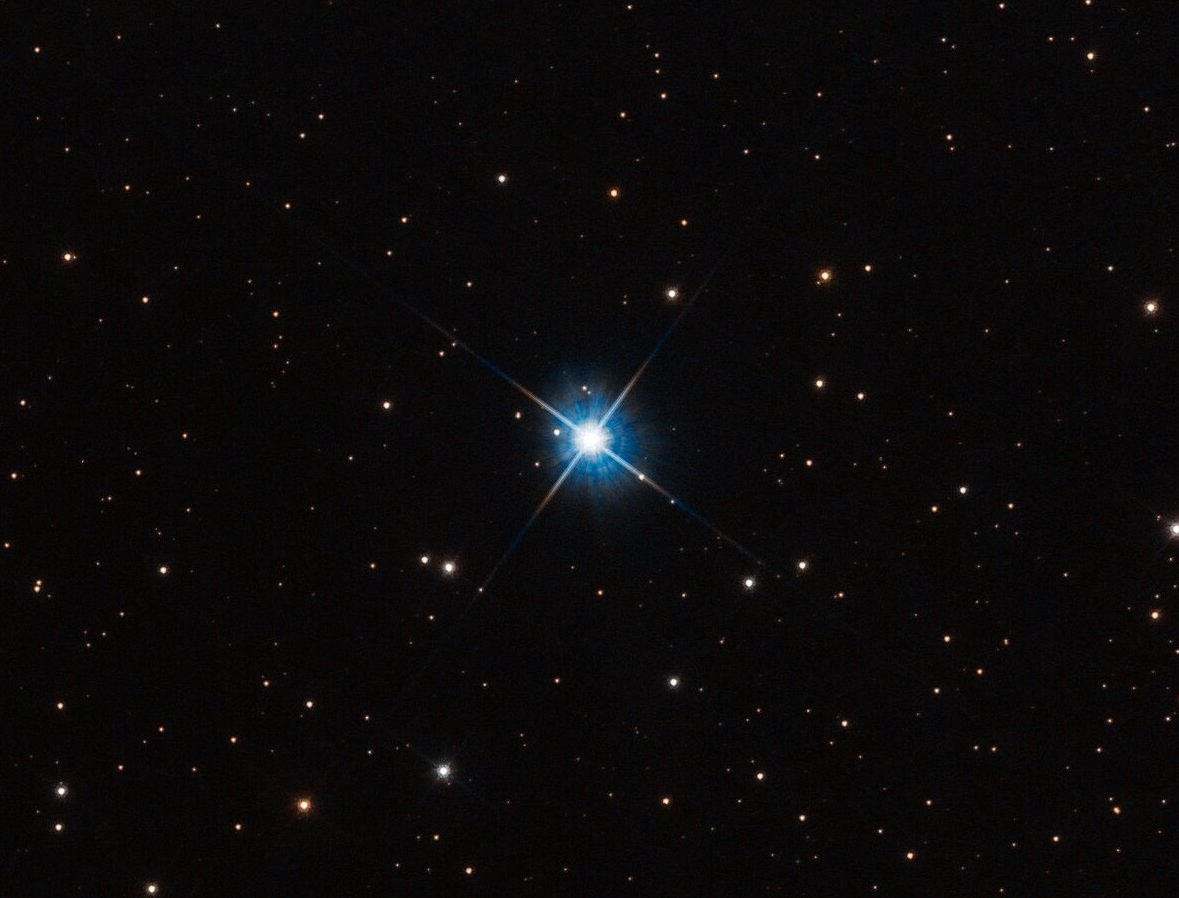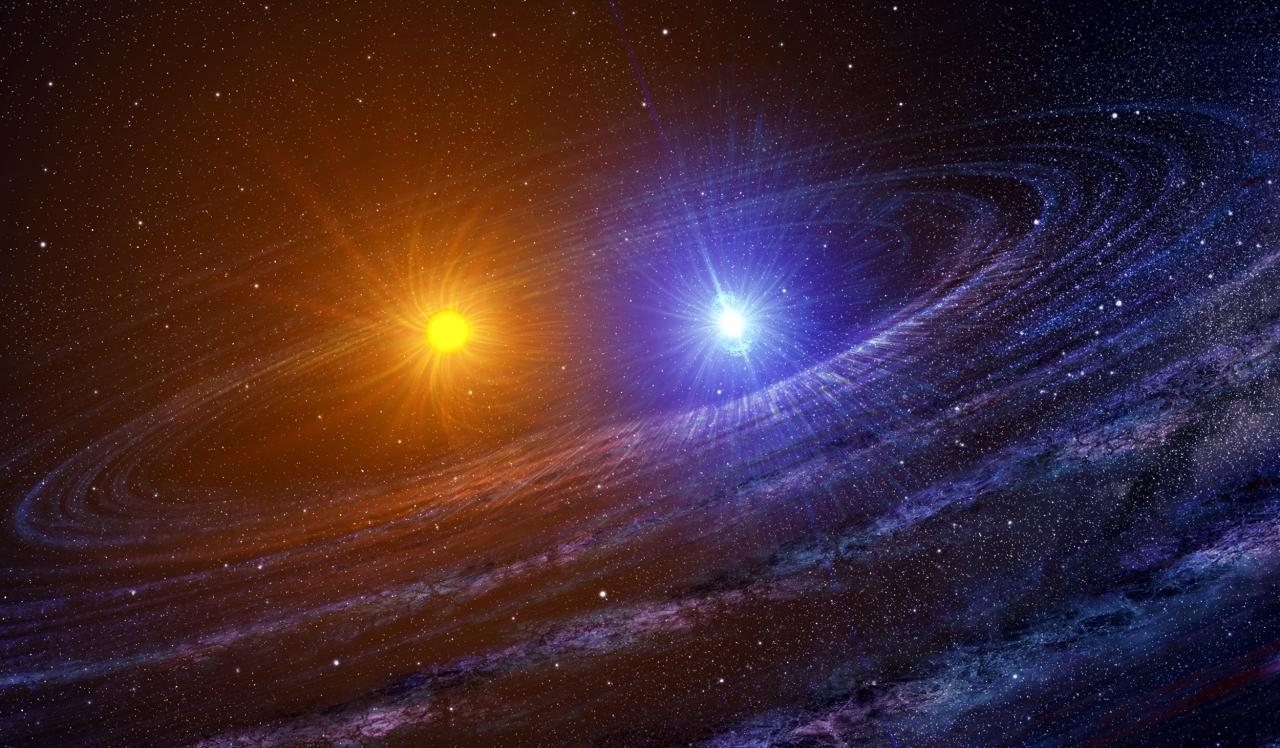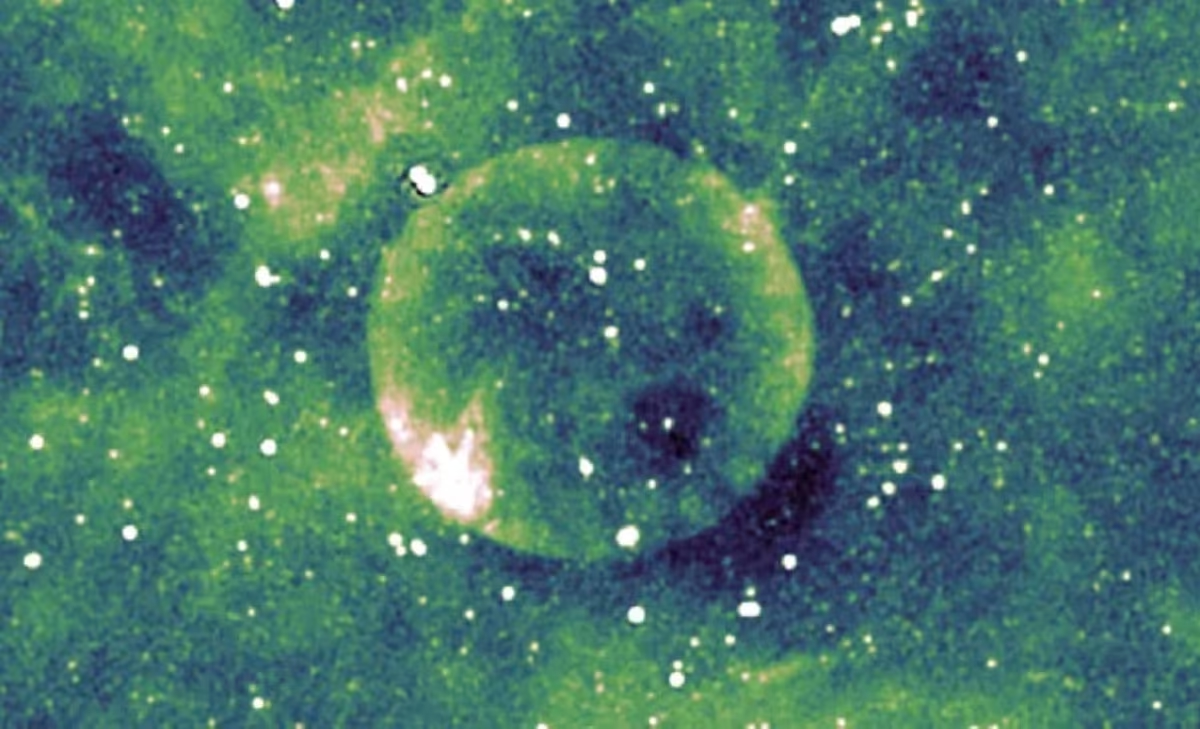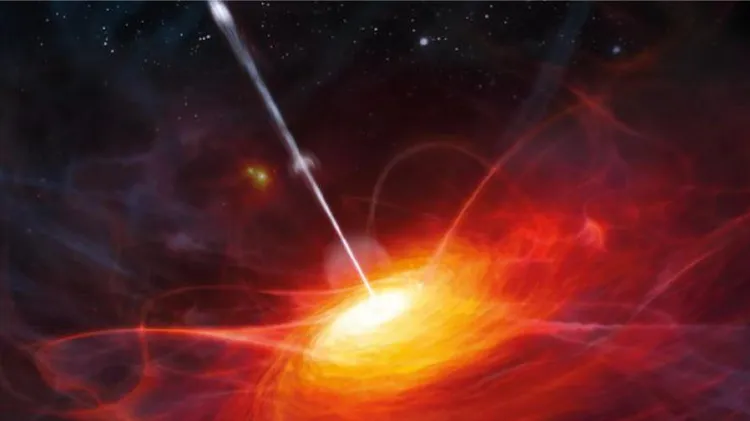innovuscollege.com – The Red Giant and Supergiant phases mark a critical point in a star’s evolution. This is a period when a star undergoes dramatic physical changes, expanding massively and changing the structure of its interior. These changes are a result of the star exhausting the hydrogen fuel in its core, forcing it to undergo complex transformations that lead to the eventual death of the star. The exact nature of these changes depends largely on the star’s initial mass.
In this article, we’ll explore what happens during the Red Giant and Supergiant phases, what causes the expansion and cooling, and the fate of the star as it continues to evolve.
1. The End of Hydrogen Fusion: A Shifting Equilibrium
Stars are powered by nuclear fusion—the process in which hydrogen atoms fuse to form helium in the star’s core, releasing vast amounts of energy. This fusion process creates an outward pressure that balances the gravitational force trying to collapse the star. However, once a star uses up the hydrogen in its core, this equilibrium begins to break down.
Without the ongoing fusion of hydrogen, the core no longer generates enough energy to support its mass. As a result, the core contracts under gravity, which causes it to heat up. At the same time, the outer layers of the star expand, causing the star to swell into a Red Giant or Supergiant, depending on its initial mass.
2. Red Giant: The Fate of Sun-Like Stars
For stars with a mass similar to or a few times that of our Sun, the Red Giant phase is a key stage. In this phase:
-
Core Contraction: As the core shrinks and heats up, it becomes dense enough for helium fusion to begin. In this phase, the core fuses helium into heavier elements like carbon and oxygen. This fusion is less efficient than hydrogen fusion, leading to instability in the star.
-
Outer Expansion: As the core contracts and heats up, the outer layers of the star expand. A Red Giant can grow to hundreds of times its original size, potentially engulfing the inner planets of its solar system, including Mercury, Venus, and possibly Earth. These outer layers cool and turn a reddish color, which is why the star is called a “Red Giant.”
-
Instability and Multiple Fusion Stages: As helium builds up in the core, the star may go through several phases of helium shell fusion, where helium fuses into heavier elements in concentric shells surrounding the core. This process can cause the star to undergo pulsations, with the star expanding and contracting irregularly. Eventually, the star will shed its outer layers, creating a planetary nebula, while the core remains as a dense white dwarf.
3. Supergiant: The Fate of High-Mass Stars
Massive stars that are several times more massive than the Sun follow a different path. These stars evolve into Supergiants, which experience more dramatic and violent changes. In the Supergiant phase:
-
Massive Core Collapse: The core of a Supergiant star becomes so massive that it continues to contract, reaching temperatures and pressures high enough for fusion to occur with progressively heavier elements—carbon, neon, oxygen, and silicon. This process continues until the core is made primarily of iron.
-
Expansion and Size: Unlike Red Giants, which expand to moderate sizes, Supergiants can grow to thousands of times the size of the Sun, making them the largest stars in terms of volume. Despite their enormous size, Supergiants are not stable. The intense pressures in the core cause the star to undergo violent fluctuations.
-
Fusion of Heavier Elements: As the star goes through successive fusion stages, it forms heavier elements like iron in its core. However, once iron begins to form, fusion stops being a source of energy. Iron fusion consumes energy rather than producing it, which ultimately leads to the core’s collapse.
4. The Fate of Red Giants and Supergiants: Stellar Deaths
While both Red Giants and Supergiants undergo incredible changes during this phase, their eventual fate is determined by their mass:
-
Red Giants (Low to Medium-Mass Stars): When a star like the Sun exhausts its helium fuel, it cannot generate the necessary energy to maintain the expansion of the outer layers. As a result, the star sheds its outer layers, forming a planetary nebula and leaving behind a white dwarf at the center. The white dwarf is an extremely dense remnant that no longer undergoes fusion and will gradually cool over billions of years.
-
Supergiants (High-Mass Stars): For massive stars, the core continues to contract, and once it becomes too heavy for gravity to hold it up, a supernova explosion occurs. This cataclysmic event blows off the star’s outer layers and leaves behind a neutron star or, in the most extreme cases, a black hole. These explosions also scatter heavy elements like gold and uranium into space, enriching the interstellar medium and contributing to the formation of future generations of stars, planets, and other celestial bodies.
5. The Importance of Red Giants and Supergiants in Stellar Evolution
Red Giants and Supergiants play a pivotal role in the cycle of matter in the universe. The elements they create through fusion, particularly the heavier elements like carbon, oxygen, and iron, are released into space during their final stages. These elements are the building blocks for new stars, planets, and even life. Without the death of massive stars, the universe would lack many of the heavy elements necessary for the formation of Earth-like planets.
Moreover, the supernova explosions of massive stars are responsible for the creation of many of the elements found on Earth, such as gold, platinum, and uranium. These elements are scattered throughout space and eventually incorporated into the next generation of stars and planetary systems, completing the cosmic recycling process.
Conclusion: The Red Giant and Supergiant Phases—A Star’s Glorious and Cataclysmic Finale
The Red Giant and Supergiant phases are crucial steps in the life cycle of stars. They represent the point at which stars have exhausted their primary hydrogen fuel and begin to transition to the end of their lives. While Red Giants end their lives as white dwarfs, shedding their outer layers in the process, Supergiants meet a much more explosive fate with supernovae that scatter elements across the cosmos.
Whether they expand into massive, luminous giants or explode in a final, violent burst of energy, Red Giants and Supergiants are not just significant for their size or beauty—they are also the key to the very formation of the elements that make up our world and the stars around us. In the grand cosmic cycle, they are the catalysts for the ongoing evolution of the universe itself.





